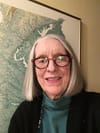My Stories Revealed Roanoke’s Urban Renewal History. In Plans for Evans Spring, I Hear Echoes.
What happened long ago has new relevance for the future of Evans Spring, home to African Americans and others who fear a new version of urban renewal.
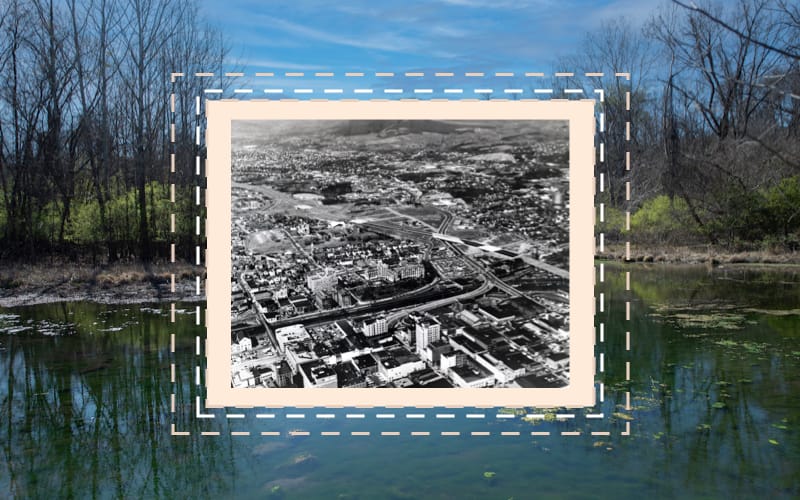
A newspaper reporter, as I used to be, doesn’t expect people to remember her stories. The old joke about papers being most useful as bird cage liners and fish bone wrappers survives even as across the nation we lose two local newspapers each week. And if we do read a print paper, its stories fade from consciousness as we drop it in recycling.
Except for this one story of mine from 29 years ago, the piece of journalism of which I’m most proud.
I shared in a team Pulitzer at The Philadelphia Inquirer for coverage of the Three Mile Island nuclear disaster and later was a Pulitzer finalist for a series here in Roanoke on pesticides and exterminators. I’ve written thousands of stories, but after 35 years at five newspapers, I still care the most about one story that didn’t win a thing.
The Roanoke Times & World-News published it on Jan. 29, 1995. My editor smartly titled it “Street by Street, Block by Block: How Urban Renewal Uprooted Black Roanoke.”
Though the copies of my front-page introduction and the 12-page special section inserted in that day’s paper are turning yellow, people still read the Roanoke City Libraries’ copy online. They still ask me to come talk about this long-untold Roanoke history.
What happened long ago has new relevance for a city decision coming up very soon — the future of Evans Spring, the largest natural area left in Roanoke. It’s home to African Americans and others who fear a new version of urban renewal, this time with a Costco or other big-box stores, is about to come tearing through.
This time, the city insists, it will not be taking property by force as with urban renewal. But homeowners, particularly on a key residential street, Top Hill Drive Northwest, may feel pressure to sell so as to optimize the development plan and bring the city the higher tax revenues it seeks.
The city’s planning commission Monday recommended on a 5-2 vote that City Council adopt an Evans Spring master plan meant to guide future development. On Tuesday, Council is expected to decide whether to put that plan into motion.
To many Black Roanokers, both near and distant from Evans Spring, this all feels menacingly familiar.
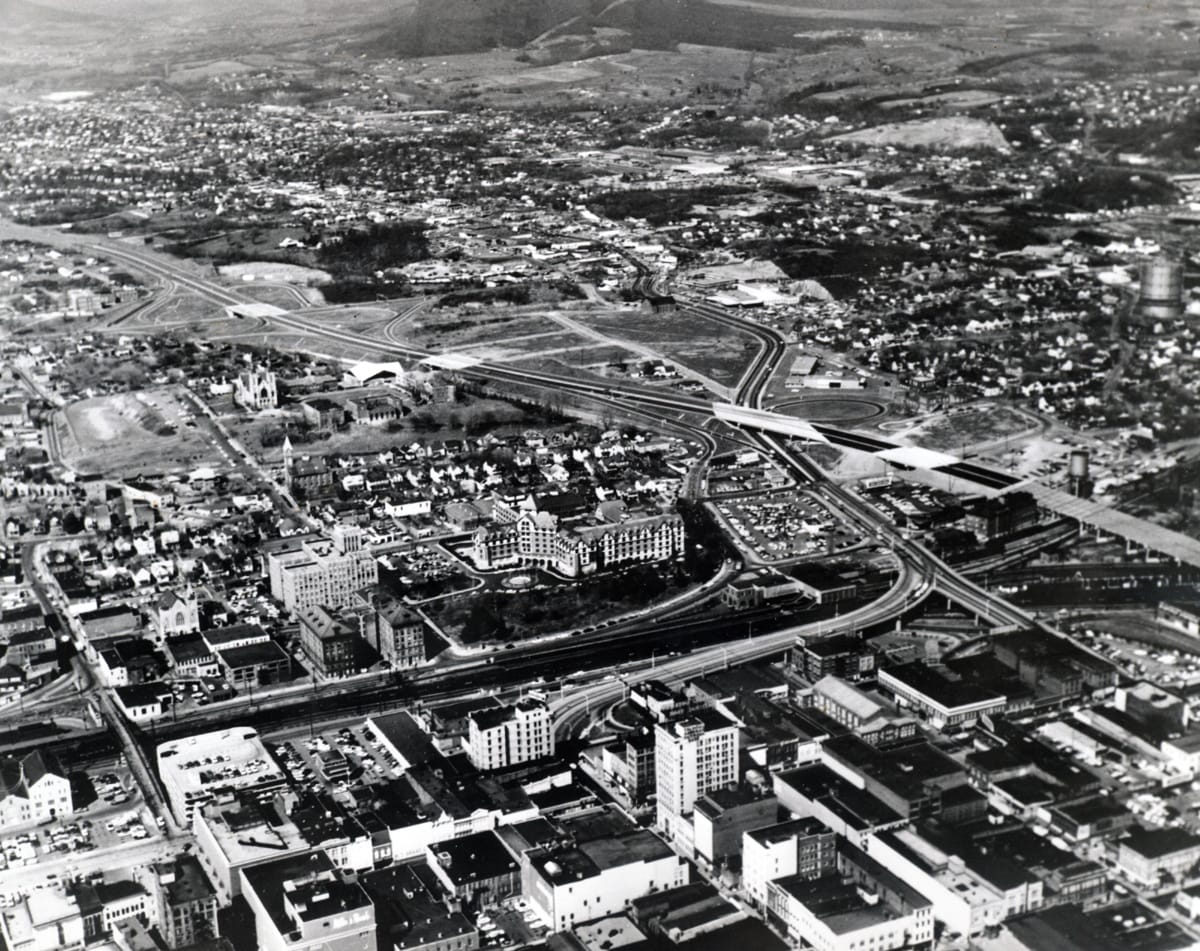
***
The “Street by Street” story came about because I happened to pull Saturday duty one weekend in August 1991. An editor handed me a note about a neighborhood reunion, which didn’t strike me as the most thrilling of assignments. But I called the women who’d sent the note, Della Millner and Catherine Brooks Johnson, and they explained: Hundreds of people who once lived in Roanoke’s Northeast community were getting together for the first time in forty years. Now, that’s a story.
New to Roanoke, I’d worked in one of the newspaper’s rural bureaus for several years. I knew nothing about Roanoke’s history, racial or otherwise. I had no idea anybody had lived in the flat expanse of pavement I drove past on my way to work.
The week before the reunion, I learned that, beginning in the 1950s, hundreds of Northeast’s homes as well as its churches, schools, little stores and heart-stopping sledding hills were wiped out for redevelopment. At first, the city promised displaced families, almost all African American, they could eventually rebuild close to where they had lived, neighbor next to neighbor, just like before. People hoped that would happen. It never did.
At the reunion in Washington Park, old neighbors embraced as Sister Sledge’s “We Are Family” boomed from speakers and picnic food flowed onto folding tables. Viola Barbour Williams, who grew up in Northeast, came early to search her childhood blocks for a rock or anything that was there when she was. Maybe she could at least take home a chunk of old brick. She couldn’t find a thing.
All she found was Interstate 581, parking lots, the Roanoke Civic Center, the city’s main post office, the Roanoke Gas Company, McDonald’s, a car dealer, a motel, and other businesses. Northeast’s devastation was total. As Mrs. Williams’ tired feet could attest, Northeast was entirely gone.
Gainsboro, Northeast’s neighbor to the west, retained some original homes but eventually lost Henry Street, Black Roanoke’s commercial district, as well as residential blocks that could have been saved. All told, in both sections over the years, the city destroyed some 1,600 homes, two dozen churches, several historic schools, 200 small businesses, and hundreds of trees.
The Rev. Ivory Morton came to that 1991 reunion. As a kid, he’d watched firefighters openly set many of his Northeast neighbors’ houses ablaze as practice burns. (It was cheaper than tearing them down.) Since the reunion, he’d been pondering all that had happened. “You should write about it,” he told me solemnly when I ran into him later. “It’s a big story.”
Already, I’d begun to see the scale of human hurt still hanging over Black Roanokers and dragging them down, economically and every other way. I was put on the neighborhood beat. At meeting after meeting in Black communities, I heard the same words: urban renewal.
My newspaper, in my years called The Roanoke Times & World-News, was itself a part of the story. Its editorial writers, beginning in the 1950s, cheered what they called “slum clearance” as the federal government funneled millions of dollars to Roanoke and nearly every other American city for superhighways and spiffy new infrastructure. In nearly all cases, cities plowed through minority neighborhoods, where people lacked the political and monetary power to mount much of a defense.
In our newspaper’s library, clippings from years back dryly reported the bureaucratic actions as city officials welcomed the money to bulldoze Black Roanoke. Little was written about the displaced families scurrying for housing on formerly all-white streets deeper into Northwest Roanoke, where animosity ran as high as the prices.
Life had never been easy for Black Roanokers. Decades earlier, as racial segregation became more regimented, they were confined to strictly enforced zones. Off-limit, all-white sections, as Rugby used to be, had it inscribed within a home’s deed — Caucasians only. Black families settled in a small section of Southwest Roanoke near the railroad tracks, as well as in rural enclaves, but most of the city’s Black population lived north of the tracks in Northeast and next door in Gainsboro. Urban renewal’s destruction pushed Black people westward against the old boundaries — to 10th Street Northwest, and beyond. Whites fleeing integration of those old neighborhoods created Roanoke County’s affluent suburbs that encircle the city to this day.
The newspaper had changed hands by the 1970s, from a Roanoke family to a newspaper chain headquartered in Norfolk and less enmeshed in Roanoke’s establishment. Our new publisher had been a correspondent at The New York Times. Ambition ran high. Sacred cows went to pasture. Editors did not object to me exploring Black communities long ignored, though those streets lay just a block out the paper’s back door.
When I began going door to door in Gainsboro, the faces in the doorways were not friendly. People remembered my newspaper heartily endorsing the destruction. They turned me away. A few other folks got on the phone to vouch for me, doors opened, and faucets of long-brewing memories gushed out a long and tangled story. Forty years later, people were still sad, still mad.
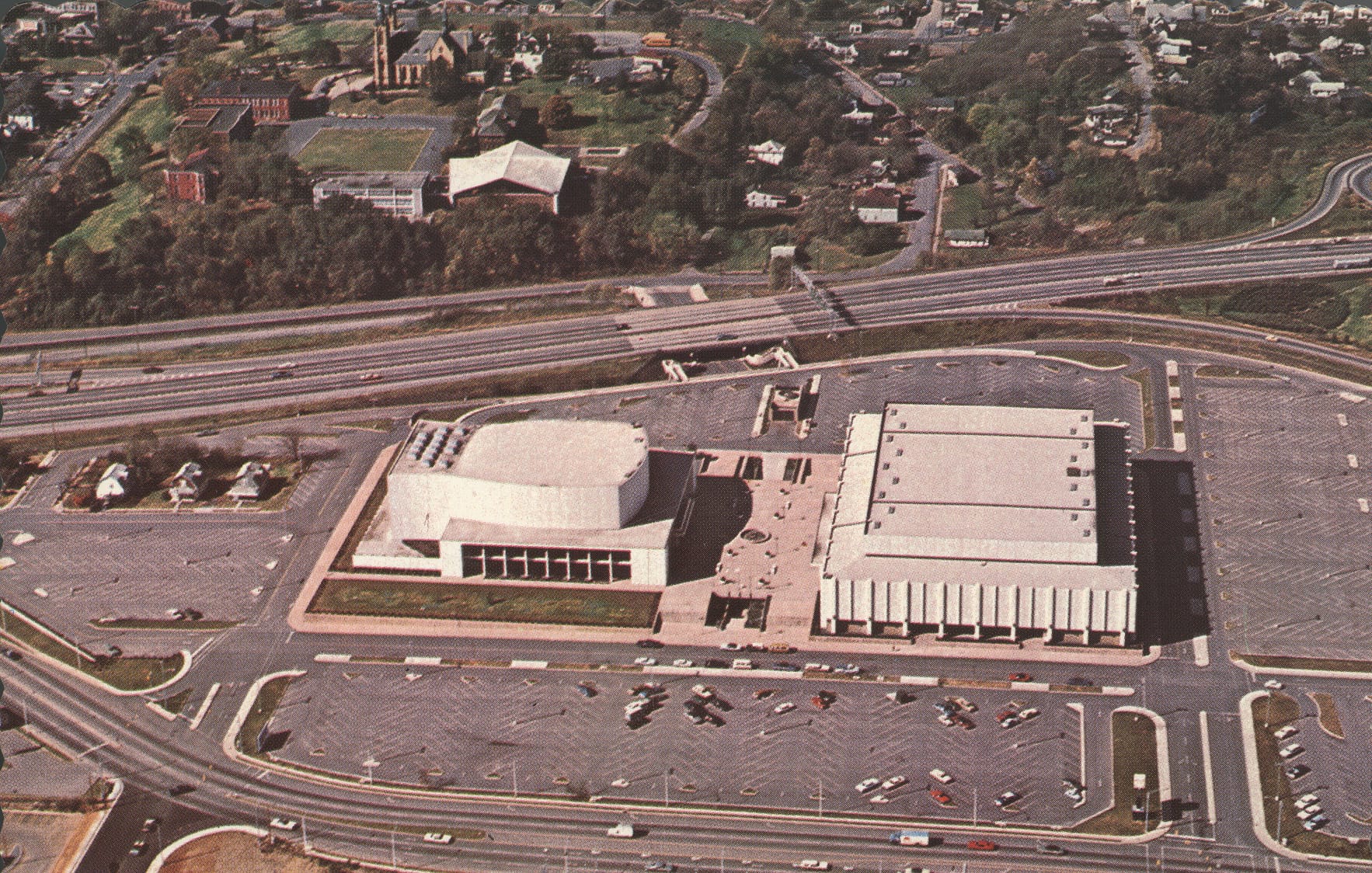
In more than a year of interviews, I heard of old folks dying of heartbreak; of homeowners, low-income but solvent, going deep into debt for new homes and sometimes losing them; of neighbors too far away to maintain old friendships; people losing homes twice, first in Northeast, then again later after resettling in Gainsboro; a handsome new church, its mortgage paid off, torn down to build the civic center; longtime neighbors still arguing about how they should have fought the city; and the loss of precious mutual support for a people largely shunned by white Roanoke: Reciprocal child care, elder care, streetside auto repairs, shared tomatoes from a backyard vine, and most of all, friendship.
Because people finally opened up, we published stories never told before. Looking for guidance, I searched for another American city that chronicled how, in order to advance economic development and jack up tax revenues, as Roanoke had, it pushed poor people away from downtown. It happened all over, but writers, journalists and scholars hadn’t written much about it. Maybe the white-owned news media felt sheepish about having abetted it.
When “Street by Street” came out, white Roanokers who’d just moved here called to say they were shocked all this had happened. A few moms drove their kids around Northeast, explaining to them what had once been there. Bob Herbert, then Roanoke’s city manager, said even he hadn’t known all that occurred. It helped him understand Black Roanokers’ fury over the more recent taking of homes for the expansion of Gainsboro’s Coca-Cola plant and the widening of Wells Avenue for a Hotel Roanoke makeover. Quickly, concern among white folks died down.
In New York City, though, public health psychiatrist Dr. Mindy Thompson Fullilove, had read in a national journal that copies of “Street” were available. As she began work on a book about how displacement devastates individuals and communities, she too was looking for a city that had taken a hard look at its turn at urban renewal. Our “Street” was what she needed. She flew in, stayed with me and interviewed people I had.
In 2004, she came here to launch her book, Root Shock: How Tearing Up City Neighborhoods Hurts America, and What We Can Do About It. She returned several more times over the years to meet with neighborhood leaders and to challenge Roanoke City Council to lead with a vision for the whole city and all its people. Her book, a favorite text among students of urban studies, renewed local interest in our history because it described similarly aggressive redevelopment in Pittsburgh and Newark. They, alongside little Roanoke, put us in a national context. The last time Dr. Fullilove was here, in September at the Harrison Museum of African American Culture, she gazed at the audience of a hundred or more — white, Black, young, old. “Mary,” she said, “these people wouldn’t have been here years ago.”
Indeed, the dynamic has changed. Principally because young Black educator and historian Jordan Bell has set about learning everything he can about the history of Black Roanoke and making it public. He has interviewed dozens of elderly Roanokers, conducted walking tours and public programs on the history, especially on the many pioneering Black doctors, diplomats and lawyers who came out of Roanoke.
Others, many of them white, have become allies in spotlighting the history, good and bad. Roanoke Vice Mayor Joe Cobb researched how in clearing the way for Interstate 581 in the 1960s, Roanoke exhumed nearly 1,000 bodies from a mostly Black cemetery to a mass grave outside town. Former Roanoke Mayor Nelson Harris stays busy raising historical markers honoring key figures in local Black history.
Interracial groups have formed, among them Standing for Equity in the Roanoke Valley (SERV), Justice Advocates, Voices of Faith, Points of Diversity, Roanoke Reparations, Roanoke Area Interfaith Stewards of the Earth (RAISE), several interracial reading groups, as well as an Episcopalian-led racial history course, and closer relationships between white and Black congregations. A diverse coalition erected a historical marker near where a young Black man was lynched by whites in 1893.
City government has joined in. A few years back, in a document titled “Interwoven Equity,” Roanoke for the first time owned up to its misdeeds during urban renewal and acknowledged it had lost the faith of many citizens. It created a permanent city committee, the Equity and Empowerment Advisory Board, with five subcommittees to review city codes, policies and practices and flush out lingering bias. (The board advises City Council but otherwise lacks authority.) The city administration, with the board’s help, is circulating a draft of a formal apology to the thousands of Roanokers whose lives were upended by urban renewal.
But how much has Roanoke really changed? We’re about to find out.
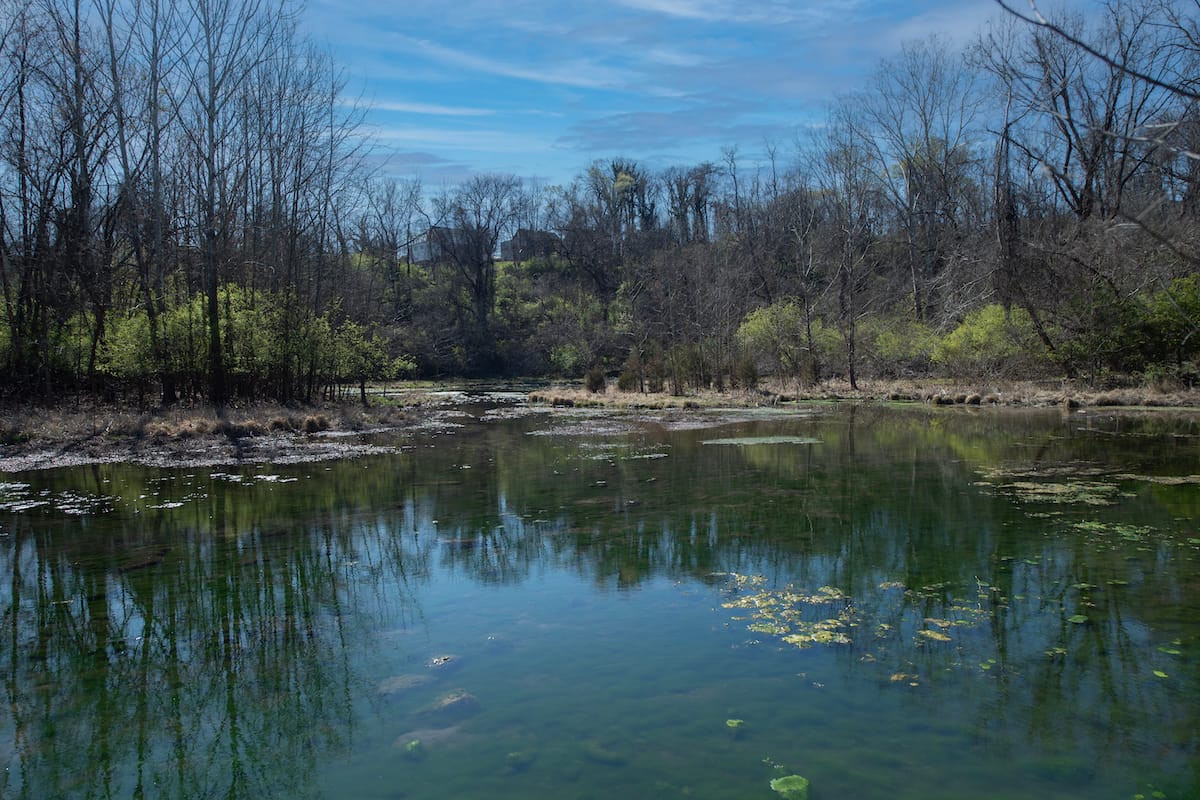
***
The last few years, city government has been working with owners of 150 acres of vacant land around Evans Spring to plan what may become the most dramatically contested development here in years. We all pass the property along 581. It’s the wooded area across the interstate from Valley View Mall.
Considering that City Council seemed more open-minded than in the past, I was hoping it would do the right thing, albeit the unconventional thing: To limit any Evans Spring development to affordable housing and modest commerce, upgrade the predominantly Black residential streets adjoining the site, save the spring, the forest, its rare wetlands near the Lick Run Greenway, and preserve this last green oasis as an educational nature center. That, to me, is concrete action that would lend good-faith heft to that city apology.
After all, Roanoke’s comprehensive plan vows to keep its significant natural areas in “a generally undeveloped state.” Loss of tree canopy all over town has alarmed City Hall. It’s planting trees and bracing for climate change’s steadily rising temperatures. It needs Evans Spring’s thousands of trees to absorb heat and its low-lying acreage to soak up floodwaters.
But the situation appears irresistible from an economic development point of view. Mall + Interstate = Big Box stores is the way it usually goes. Economic development director Marc Nelson confirmed at a recent meeting of the city’s Planning Commission that in the past he’s talked with Costco about the site. Costco stores average 146,000 square feet. The city’s Evans Spring plan calls for up to 570,000 square feet of retail and as many as 668 residential units.
Do we really need all this retail? Do we have to be like everybody else?
Chris Chittum, longtime city planner, now with the title of executive director for community development and placemaking, has warned repeatedly that there will be development. Friends of Evans Spring, the key organization of residents and allies, opposes it. Five years ago, a North Carolina developer proposed an elaborate complex — office building, 14 apartment buildings containing 300 units, wholesale warehouse, restaurant, indoor golfing center, and other big-boxers. The developer backed out when it became clear residents and city officials found its plan excessive. Let’s hope Roanoke officials’ standards are as high this time.
They often note that no homes will be taken forcibly, as Northeast’s and Gainsboro’s were. That’s good, because the families of several residents around Evans Spring were chased out of the old neighborhoods way back then, the master plan acknowledges. They resettled by Evans Spring, believing they were safe.
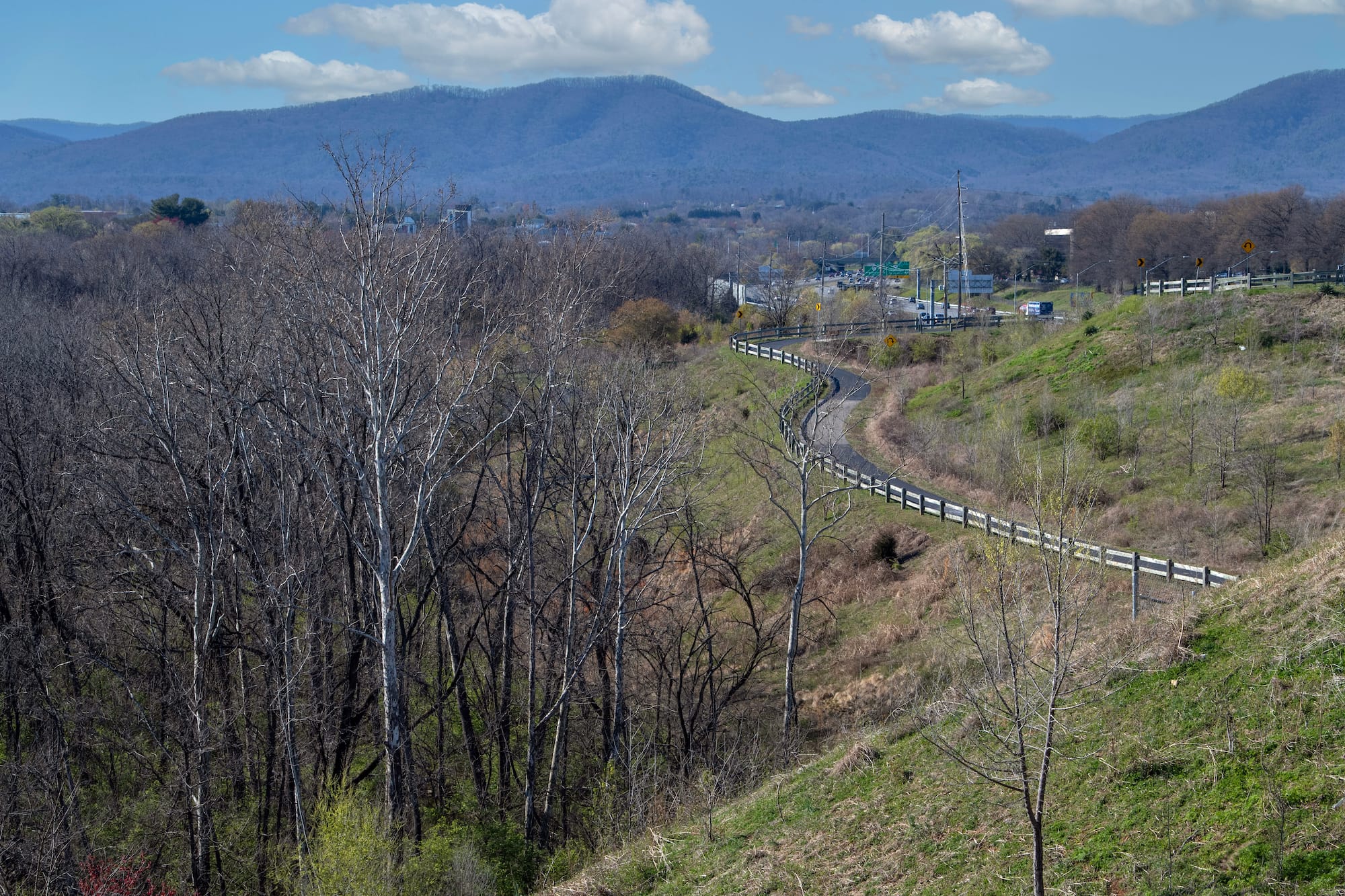
But even if people voluntarily sell out, leaving their neighbors behind, how does that strengthen the cohesiveness of the neighborhood and the “strong sense of community” the city strives for in its neighborhoods?
The Equity and Empowerment Board’s Trust Subcommittee, which I served on in the past, is tasked with healing citizens’ lack of faith in local government. They pushed for City Council to hear a report on Evans Spring from Virginia Tech urban studies professor Theodore Lim. Last fall, his students spoke at length with residents and determined that true community engagement could result in an alternative plan more pleasing to the community.
In contrast, out-of-town consultants paid by the city and the property owners used a more “traditional cost-benefit analysis,” according to the EEAB Trust group, and gleaned only limited input from the people who would be most impacted by development. Consultants reported last year that of the hundreds of residents who would be affected by development, they had 16 one-on-one talks with residents, along with eight focus groups and one large community meeting.
“‘Evans Spring’ is far more than a simple decision about infrastructure and economic output,” the EEAB group wrote last month. “At its core lies the well-being of vulnerable citizens…along with the high potential for stalled community healing and creating further divisions rather than the building of trust.”
Nadirah Wright, a retired mental health counselor who lives on the other side of Interstate 581 from Evans Spring but has friends there, fears the city still sees its Black citizens as “disposable.” As a child, she watched the Northeast home of her great-grandmother and grandmother be wiped off the map.
Her worries extend beyond just Evans Spring. Development could keep going from there, gobbling up more of Northwest Roanoke. “They’re not going to leave Cove Road alone,” she said of a major thoroughfare not far from Evans Spring. “They’re going to do something else. When will it end?”
A possible slowdown factor is the estimated pricetag of at least $55 million for a long, high, bridge to take drivers from 581 at Valley View, down the site’s precipitous slopes, to the developable flatlands below.
Foreboding words from the late Evelyn Bethel, Gainsboro activist and fierce critic of City Hall, keep coming back to me. Years ago, she observed that the interchange opening along 581 from where that bridge might begin was left in place after the exit to Target and its neighbors went in. “They left that there for a reason,” she warned me. “Mark my word, they’re going to come through there someday.”
Mary Bishop is a retired Roanoke Times reporter. For two years and until a year ago, she served on the Trust Subcommittee of the city’s Equity and Empowerment Advisory Board.

